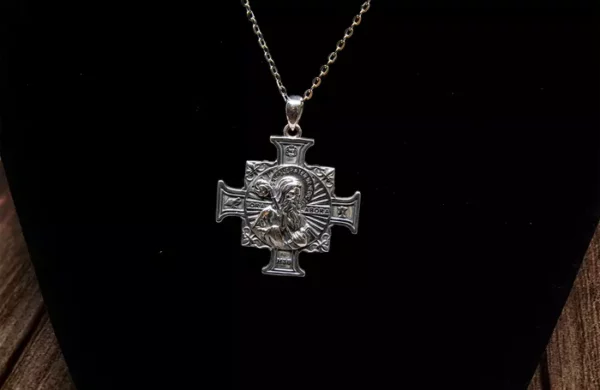
Saint Benedict of Nursia, born around 480 AD, made a big impact on Western history. During the fall of the Roman Empire, he created the Benedictine Rule—a guide for living a balanced life with prayer, work, and study. His Rule focused on stability and obedience as ways to find true freedom and spiritual growth. Saint Benedict’s teachings remind us of the importance of living with purpose and order.
Like this:
Like Loading...

San Roque, also known as Saint Roch, was a French saint born around 1295 who dedicated his life to healing the sick during the plague. He is remembered for his miraculous healing powers, humble pilgrimages, and divine assistance from a dog when he fell ill. San Roque’s feast day on August 16th celebrates his legacy of compassion, faith, and service, reminding us to care for others, maintain resilience in the face of adversity, and selflessly serve our communities
Like this:
Like Loading...

The Feast of St. John the Baptist, celebrated on June 24th, honors his role in preparing the way for Jesus. John emphasized repentance, courage, and humility. Theologians like St. Augustine and Thomas Merton highlight his significance in transitioning from the Old to the New Testament and the importance of solitude and prayer. John’s example inspires us to live with courage, humility, and a call to repentance.
Like this:
Like Loading...

Anthony of Padua, born in 1195 in Lisbon, Portugal, is a beloved Catholic saint known for his powerful preaching and deep scriptural knowledge. Initially an Augustinian, he joined the Franciscan Order and preached across Italy and France. Celebrated on June 13, he is the patron saint of lost items and is revered for his compassion, humility, and devotion to the poor. His life exemplifies faith, perseverance, and service, inspiring modern believers to trust in God’s plan and show compassion to others.
Like this:
Like Loading...
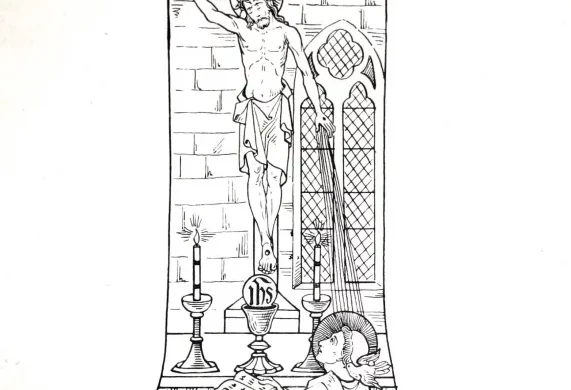
Saint Thomas Aquinas is most well-known as a theologian with two specific masterpieces, the Summa Contra Gentiles and the Summa Theologiae. He was also well known as a poet, penning several eucharistic hymns. Considered the greatest of the Scholastic philosophers, Thomas’ writings provided a comprehensive synthesis of Christian theology and Aristotelian philosophy.

The Saint Andrew Christmas Novena Prayer. This is a beautiful prayer about the birth of Christ that can serve as a meditation for Advent. The Saint Andrew Christmas Novena Prayer is customarily prayed up to fifteen times daily from November 30th until Christmas Day.
Like this:
Like Loading...
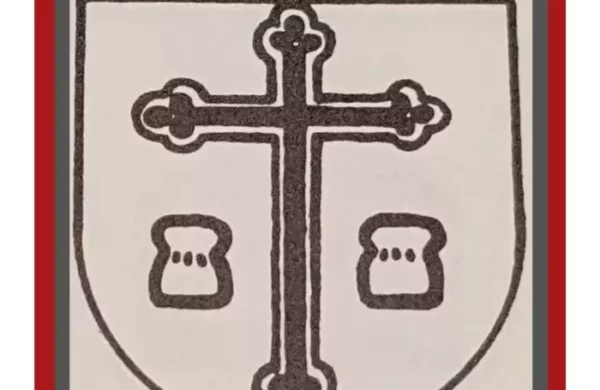
Lutherans and Roman Catholics celebrated the feast days of St. Philip and St. James the Apostles on May 1st and 3rd. Both church bodies agree on the importance of these Apostles. Philip was called by Jesus in Bethsaida and brought Nathanael to Christ, while St. James is traditionally believed to have been martyred. Ecclesiastical Sewing has introduced “The Apostle Collection” of church vestments, emphasizing these important figures in Christian history.
Like this:
Like Loading...
Today we give thanks for the life of Saint Damasus I. He was Bishop of Rome from 366 A.D. to 384 A.D. During this period, Christianity was declared the official religion, Latin became the official language of the Church (as opposed to Greek), & Saint Damasus encouraged Jerome to translate the Bible into Latin.
Like this:
Like Loading...
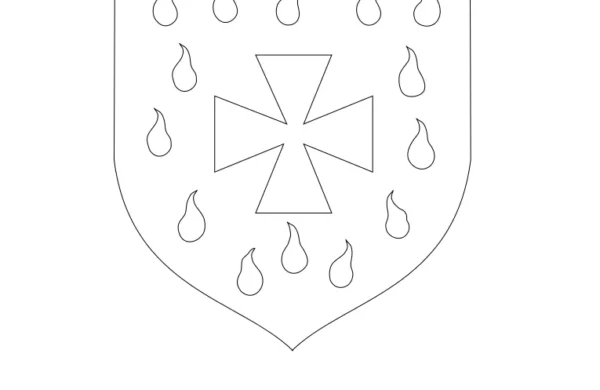
St. Anselm, born around 1033 A.D. in northern Italy, later part of the Kingdom of Burgundy, journeyed to Normandy in 1059. Influenced by Lafranc of Pavia, Anselm became the Abbot of Bec in 1078 and transformed it into a center of learning. A skilled administrator, he later succeeded Lafranc as the Archbishop of Canterbury in 1093. Anselm’s contributions extended to philosophy and theology, making him a notable figure in medieval history.
Like this:
Like Loading...

St. Urho’s Day, celebrated on March 16th, the day before the better-known feast of some minor saint from Ireland, who was alleged to have driven the snakes from the island.
Like this:
Like Loading...
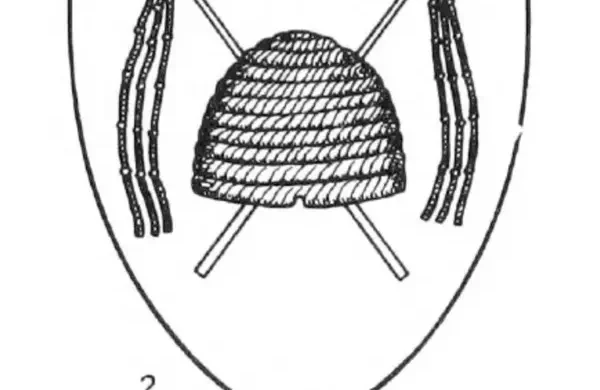
Born as Aurelius Ambrosius in 334 A.D., the man we know as St. Ambrose grew up in Gaul where his father held a high post as prefecture. It is said that a swarm of bees visited the infant Ambrose, landing upon his eyes and lips. This tradition claims to be the source of Ambrose’s ability later in life to speak in honeyed, caring words. So, the beehive has become the symbol most frequently associated with St. Ambrose because it is a symbol of eloquence. The symbol for St. Ambrose relate to the ex-communication of Emperor Theodosius for his massacre of the people of Thessalonica.
Like this:
Like Loading...

Each renowned saint has his or her own symbol in ecclesiastical sewing. A church that is named after a blessed saint can place that saint’s symbol on a piece of ecclesiastical vestment. All Saints Day, is the celebration of all of the Christian saints. During the mass persecutions, saints were martyred and there was no way to keep track of them all and mark each day as their own saint’s day. And so All Saints Day is the day we remember them. We decorate our churches in white, which reminds the feasting eyes of the congregation of the triumph of the saints, washed of their sins and made as white as snow by the all-availing sacrifice of Christ Our Saviour.
Like this:
Like Loading...
Saint Jerome, a revered church father born around 342 A.D. in northern Italy. Raised in a Christian family, he renounced worldly pursuits, journeyed to Rome, and was baptized by Pope Liberius. Jerome immersed himself in studying Biblical languages and Scriptures. After traveling, he settled in Bethlehem, devoting his life to Biblical scholarship and translation. Saint Jerome passed away on September 30, 420 A.D.
Like this:
Like Loading...

St. Hubert (656–727 A.D.), Bishop of Liege and patron of hunters, hailed from the Dukedom of Aquitaine. Once a grand master, he turned to hunting and soldiering. On a Good Friday hunt, a stag, bearing a cross, urged him to repent. His wife’s death led him to forsake worldly possessions, becoming a priest in Stavelot, Belgium. Following Lambert’s assassination, Hubert, sent by the Pope, became Bishop. He lived a virtuous life and died as a confessor, confessing the faith, though not a martyr.
Like this:
Like Loading...
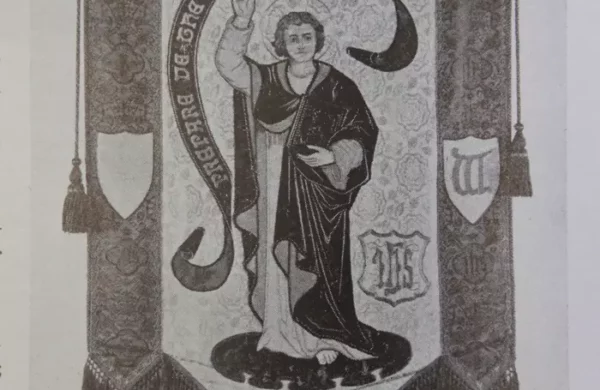
. September 13th is the feast day for St. John Chrysostom–born circa 349 A.D., although many dates between 344 A.D. and 354 A.D. have been argued for by various scholars. This man is one of the pillars of the faith, a church father. His early education influenced his ability to lead the Church and give her many gifts in the form of sermons and liturgy.
Like this:
Like Loading...














You must be logged in to post a comment.